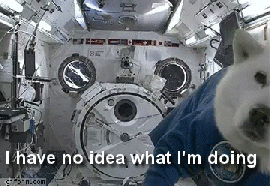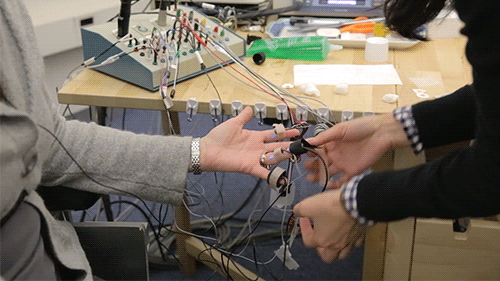Build Design Systems With Penpot Components
Penpot's new component system for building scalable design systems, emphasizing designer-developer collaboration.

UX Planet — Medium | Ksenia Sternina
For those who don’t like to read long articles, GIFs will help to understand different UX research methods quickly. And those who already know these methods can just smile.
A person is in a typical environment for himself. He leads a regular activity for himself. The researcher observes what is happening.
 https://giphy.com/gifs/funny-animation-ueL0wCq4tNmus
https://giphy.com/gifs/funny-animation-ueL0wCq4tNmus
You can learn :
The researcher asks the user about the experience of using different products, about their impressions of use, the problems the user has met with and how they have solved and much more.
 https://giphy.com/gifs/party-someone-cheezburger-enAYRke9T96qk
https://giphy.com/gifs/party-someone-cheezburger-enAYRke9T96qk
You can learn :
User and researcher are in the real user environment. Researcher listen to the user and watch the context.
 https://giphy.com/gifs/adweek-jBFLbKUN7nZTy
https://giphy.com/gifs/adweek-jBFLbKUN7nZTy
You can learn :
Several people similar in some way are discussing an important topic for them, the product or service under research.
 https://giphy.com/gifs/reactiongifs-joke-593ybqW7pAOSk
https://giphy.com/gifs/reactiongifs-joke-593ybqW7pAOSk
You can learn:
Record for a long time (week — month) the process of using the product or service. Previously, we used diaries with self-report, when the subjects filled out a “diary” every day, describing their interaction with the product and their feelings about it. Now a more objective method is used: recording to the camera, video recording of the device.
 https://giphy.com/gifs/fQZX2aoRC1Tqw
https://giphy.com/gifs/fQZX2aoRC1Tqw
You can learn:
The user performs typical tasks for himself in the product under investigation.

You can learn:
The user, during the execution of the tasks, pronounces aloud his actions.

You can learn:
We put a person in front of the monitor with the eye tracker. While he performs tasks on the site, we see and record where and for how long a person looks.

You can learn:
A person is given cards with the names of different sections and subsections of the menu, and it is suggested to group them and arrange them in a way that is close to him.

You can learn:
We give the person our product and ask him the user to perform tasks under the natural conditions for him. We record it.
 https://giphy.com/gifs/devopsreactions-SRx5tBBrTQOBi
https://giphy.com/gifs/devopsreactions-SRx5tBBrTQOBi
You can learn
A questionnaire that the target audience can complete over the Internet.

You can learn:
We obscure the user with sensors and measure such parameters as a skin-galvanic reaction, myogram, respiration, palpitations.

You can learn:
Clap if you liked it. Thanks for reading, I hope you had fun.
Learn UX Research Methods with GIFs was originally published in UX Planet on Medium, where people are continuing the conversation by highlighting and responding to this story.
AI-driven updates, curated by humans and hand-edited for the Prototypr community